A glance at mid-century America reveals it emblazoned with the familiar totems: military might, industrial supremacy, cultural imperialism. These were carved by fervent if not blind progress, and you‘d be given a funny look (if not worse) were you to dare question that.
Nobody would dare bat an eye as freeways forever cut up cities, and huge swaths of our collective memory were lost to parking lots and well-intentioned developments. Funny old buildings were the realm of mutants, after all.
But even in the glory days of unquestioned, unfettered forward movement–before, say, Dallas ‘63 and Watts ‘65–there was a small rumbling of (not unpatriotic) discontent. Landmarks were lost hand over fist but when in 1962 it came time for Penn Station to become so much New Jersey Medowlands landfill, eyebrows were raised. This was Penn Station, after all. Somebody at Life magazine (somebody who ambled through Penn Station to the Life offices at Rockefeller Center, most likely) realized that losing our common heritage would make a nifty nine-page spread. And so Life called upon heavyweight photojournalist Walker Evans to do the immortalizing.
Walker shot in New York, as well as Norwalk, Conn; Boston and Amesbury, Mass; then out to California for Nevada City, San Francisco, and, in October of 1962, Los Angeles. Where he made a beeline to Bunker Hill. He shot all over the Hill but curiously took his greatest number of shots of 101 South Flower, and it was 101 South Flower that made it into the magazine:
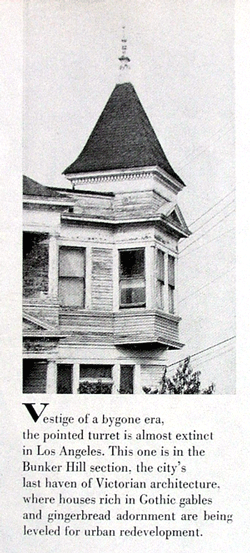
What can be said of 101-109, aka 101-111 South Flower? Precious little. We know that it is announced in February of 1904, to run $16,000 ($364,809 USD 2007).

But a thorough check of its various addresses shows that nothing of consequence ever there occurred.

The southwest corner of First and Flower:
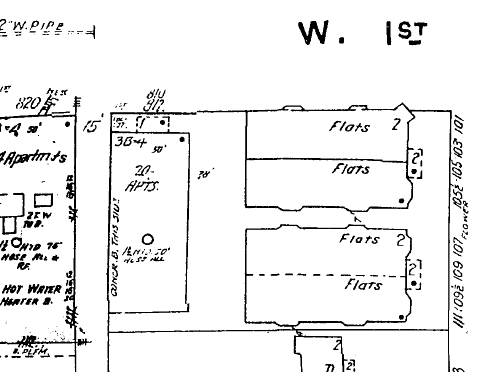
 Sure, there was the small matter of Clifford Gooding, who‘d married his gal Marie and had a daughter with her, only to disappear after a few years. Marie heard Clifford was dead, and so she remarried, only Clifford wasn‘t dead, just”¦disappeared. To Bunker Hill. She lived down on 37th Street; Bunker Hill may as well be the moon. After six years of Clifford being “deceased” she caught wind that he wasn‘t, had him tracked down, and he was popped at our First & Flower apartment house in November 1925 on a deadbeat dad charge. That‘s about as racy as it gets; that, and the residents of this particular place had a terrible habit of stepping off of this curb and that into fatally well-built oncoming automobiles.
Sure, there was the small matter of Clifford Gooding, who‘d married his gal Marie and had a daughter with her, only to disappear after a few years. Marie heard Clifford was dead, and so she remarried, only Clifford wasn‘t dead, just”¦disappeared. To Bunker Hill. She lived down on 37th Street; Bunker Hill may as well be the moon. After six years of Clifford being “deceased” she caught wind that he wasn‘t, had him tracked down, and he was popped at our First & Flower apartment house in November 1925 on a deadbeat dad charge. That‘s about as racy as it gets; that, and the residents of this particular place had a terrible habit of stepping off of this curb and that into fatally well-built oncoming automobiles.
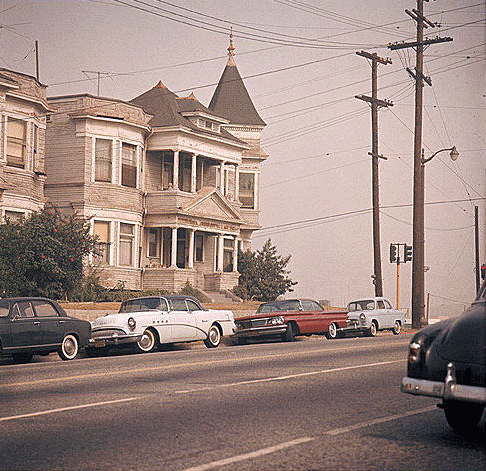
Fortunately what we lack in drama we make up for in image quantity. It was captured of course by the incomparable Arnold Hylen:
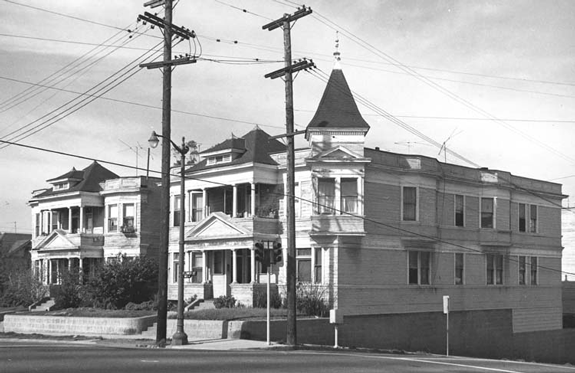
Today, of course, the building is demolished, but one isn‘t always expecting to find the same thing to have happened to the street. Where has all the Flower gone?
In each of the two images below: First at the top, Second at the bottom, Figueroa at the left (yes, I know Fig is a Street and not an Avenue, that‘s Baists for you) Hope on the right. In the top image, Flower runs down the middle, and there‘s 101 in orange, with “Labarere Tr.” (for Labarere Tract) written across it. In the modern image below, well Flower just went away.


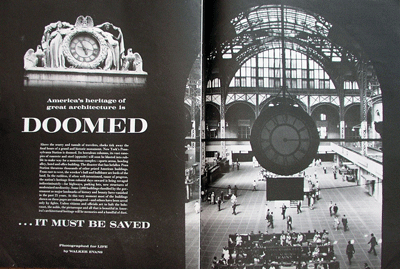 A few final words about Life‘s Doomed Architecture article, published July 5, 1963, and which noted that “some 2,000 buildings classified by the government as major landmarks of history and beauty have vanished in the past 25 years.”
A few final words about Life‘s Doomed Architecture article, published July 5, 1963, and which noted that “some 2,000 buildings classified by the government as major landmarks of history and beauty have vanished in the past 25 years.”
Penn Station, of course, is demolished. This action is largely credited for impregnating America with preservation consciousness. This isn‘t true, of course, but that‘s ok.
In writing about the Amesbury, Mass. Rocky Hill Meeting House Life notes that a proposed expressway is taking down three 18th-century buildings and coming within yards of the structure, which is in a state of miraculous state of preservation. This writer does not know if the 1963 worries about blasting and vibrations undermined the building, or played havoc with the 1780s glazing, but I do know that the 495 is now a stone‘s throw away, and I call that wrong.
Nevada City, best extant example of a Gold Rush town, was to be partly lost when the four-lane CA-20/49 bisected the little burg. But the “outraged local groups” apparently persuaded authorities to shift the highway, saving the most historic buildings, which thus now stand to this day.
After the Mathews Mansion was foolishly given to the City of Norwalk, Conn, the City embarked on a period of Official Neglect until they could plead “It Can‘t Be Fixed!” and set out to demolish it for a city hall. After a three-year battle, citizens saved the mansion by referendum; the city ignored this and set out to build the city hall on the mansion grounds again. Eventually, though, the mansion was saved, we hope for some time.
The 1874 Greek Revival San Francisco Mint was also a victim of Official Neglect; the city thought it a swell place for a parking lot, and had let it deteriorate to the point of its roof collapsing. Its demolition was slated for 1965; as can be seen, that did not happen.
And so while the vast majority of the subjects in Life‘s article survived to see another millennium, 101 South Flower did not. Nor did any of the any other structures shot by Evans that Los Angeles October.
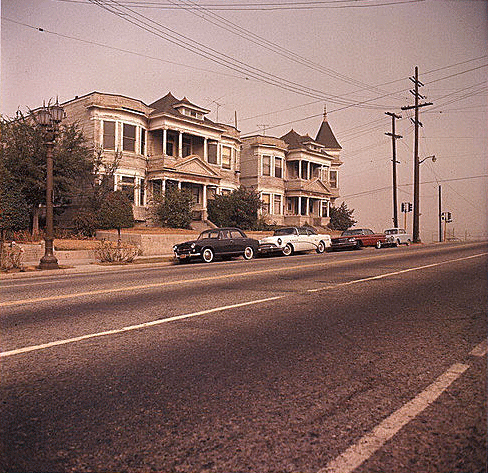




 teenaged mother in
teenaged mother in 
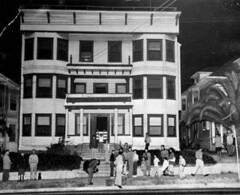 the kidnappers as Emmett Perkins. The other man was almost certainly
the kidnappers as Emmett Perkins. The other man was almost certainly 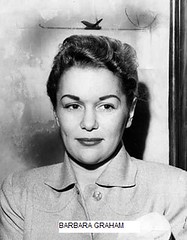 hadn”™t made the mistake of offering a fellow inmate $25k to provide her with an alibi for the night of the murder. Unfortunately for her, the cellmate was actually a cop, planted to befriend her and gather information. Barbara”™s blunder had doomed her to death.
hadn”™t made the mistake of offering a fellow inmate $25k to provide her with an alibi for the night of the murder. Unfortunately for her, the cellmate was actually a cop, planted to befriend her and gather information. Barbara”™s blunder had doomed her to death.